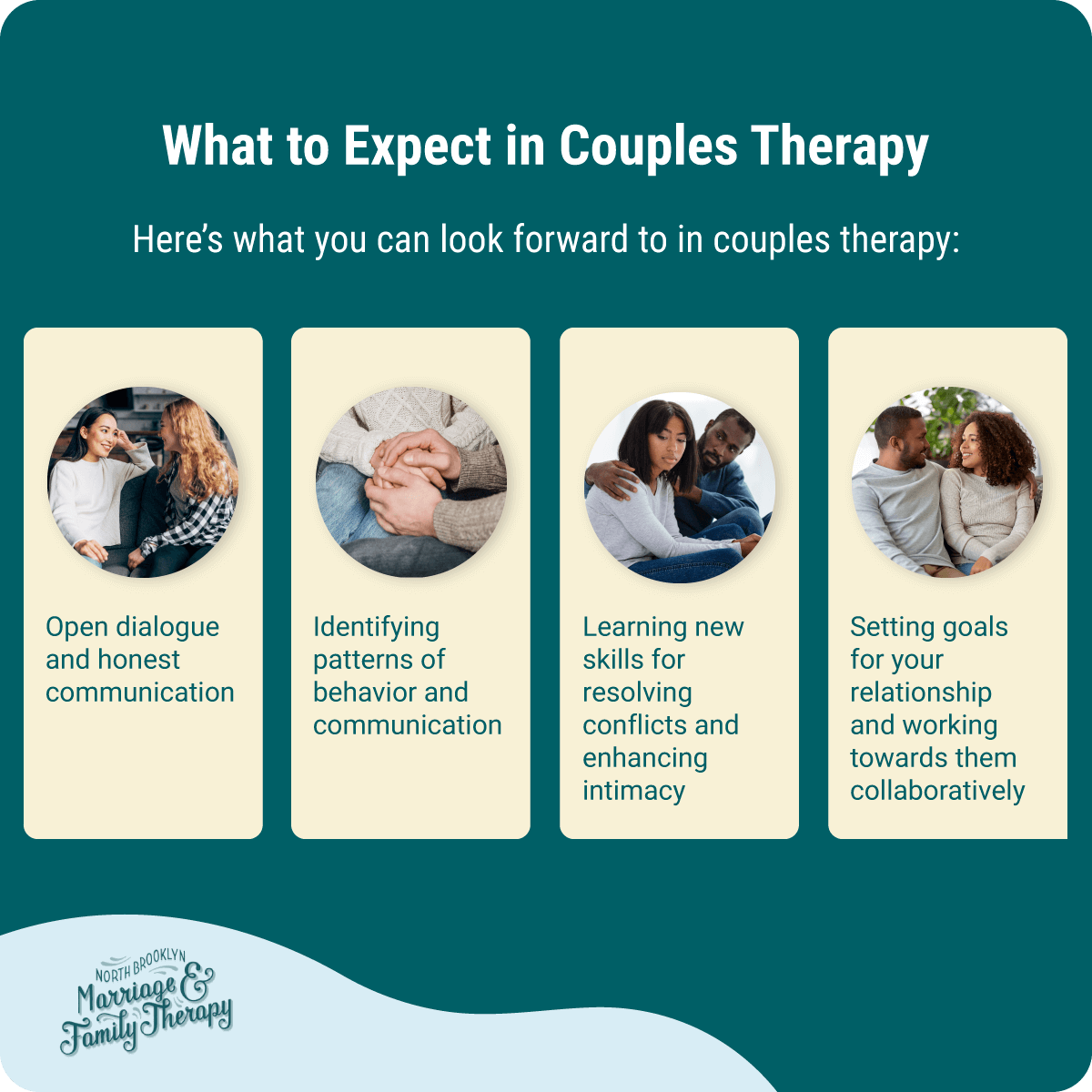Our Aim Point Counseling PDFs
Our Aim Point Counseling PDFs
Blog Article
Examine This Report about Aim Point Counseling
Table of Contents6 Easy Facts About Aim Point Counseling ShownAn Unbiased View of Aim Point CounselingAim Point Counseling Can Be Fun For AnyoneWhat Does Aim Point Counseling Do?What Does Aim Point Counseling Mean?Some Ideas on Aim Point Counseling You Should Know
The longitudinal design includes a pre-treatment study and 2 follow-up studies at 3- and 12-months post-intervention. The research study is set in eight Relationships Australia Victoria centres, throughout cosmopolitan, outer suburbs, and regional/rural websites. Relationships Australia, a non-government organisation, is the largest copyright of couple therapy and relationship services in Australia.
In Australia, the average length of marriage prior to splitting up is 8.8 years, and around half of all divorces entail pairs with children [1] These high rates of partnership malfunction have actually been continually related to adverse health and wellness consequences for both adults and children complying with divorce/separation. These include seclusion from assistance networks, and lowered earnings and criterion of living for both adults and youngsters [3], predicaments of commitment over children for men, and anxiety and loss of identification for women [4,5]
What Does Aim Point Counseling Mean?
The results of divorce and splitting up can be damaging, research study indicates that high connection discord in intact couples is likewise most likely to have negative results.
Additionally, variables that influence the results of these services need thorough investigation. Research to date has recognized both couple and private variables that may add to partnership dissonance. These include connection satisfaction and commitment at the pair degree, and anxiety at the private degree. Durable study to evaluate relationship-enhancing interventions in the community are limited.
More About Aim Point Counseling
While the majority of studies suggest improvements in relationship contentment following pair coaching, they are limited by the samples and steps made use of, greatly short-term follow-up time frames, and analyses that do not account for the dyadic nature of couple data., is another commonly examined partnership outcome.
To summarise, research study suggests that couple-specific variables in addition to private aspects might anticipate the results of couple therapy and connection solutions. The causal direction of these connections, nonetheless, is less clear. These monitorings are essential, given that, to warrant and lead the application of relationship solutions such as couple therapy, empirical proof should explore both the results of relationship solutions and the elements that forecast successful therapy.
, at least in some European nations.

We presently recognize little concerning the profiles of pairs that look for out connection education and learning compared with those that look for connection therapy, or the end results of these programs. Unscientific proof recommends that there may be considerable distress amongst at the very least some pairs looking for connection education.
The Best Guide To Aim Point Counseling
Comments entails participants completing surveys about their partnership (e.g. measures of social issues), and receiving information on what their ratings suggest. Cognitive-behavioural techniques advertise altering cognitions to promote positive partnerships. These may include advertising reasonable attributions/expectations around negative companion practices [46] In abilities training, couples go to lectures or have a peek at this website discussions on relationship skills, and practice these during facilitator-led tasks [ 45]
These impacts have actually persisted for approximately 4 years in some researches [47] Nevertheless, these meta-analyses highlight restrictions in the present literature on relationship education. Particularly, the bulk of studies included couples from upper socio-economic histories that were not experiencing high relationship disharmony [47,48] This example account may not stand for customers that normally offer for relationship education.
How Aim Point Counseling can Save You Time, Stress, and Money.

Really little study has analyzed the comparative advantages of couple counselling and partnership education and learning programs. As clients are most likely to self-select into these service kinds, it is not clear whether particular partnership distress profiles existing to every service kind, or certainly whether there is a communication between presenting account, service type and result.
(https://soundcloud.com/aim-point-counseling)
Therefore, we have actually included a 12-month follow-up to determine longer-term patterns and effects.
Therefore, we recommend to use multi-level statistical modelling treatments that control for the inter-dependence of pair data to assess any kind of treatment results. The certain aims of the ECC research study are to: 1. Map accounts of clients looking for community agency-based couple counselling vs. connection enhancement programs in regards to socio-demographic and relationship signs (such as relationship contentment, relationship dedication, social issues, and factors for attending), in addition to health (such as anxiety, basic well-being) and health and wellness solution usage (eg.
2. Figure out whether pair counselling and connection education and learning solutions improve 3- and twelve-month end results for relationship fulfillment, dedication, and depression, making use of analytical evaluations ideal to pair data. 3. Identify the loved one contributions of customer elements (private and pair) and therapy/education variables to outcomes at 3- and 12-months, and to sustainability of outcomes in time.
The Definitive Guide to Aim Point Counseling
Multi-level modelling to establish pre-post distinctions, controlling for dyadic (couple) level. To add to the literature assessing the performance of community-based couple counselling. The outcomes will aid scientific decision-making in community-based relationship solution settings, and expert training. 3. To determine the loved one contributions of client/couple and treatment factors to end results at 3- and 12-months, and to sustainability of results over time.
Report this page